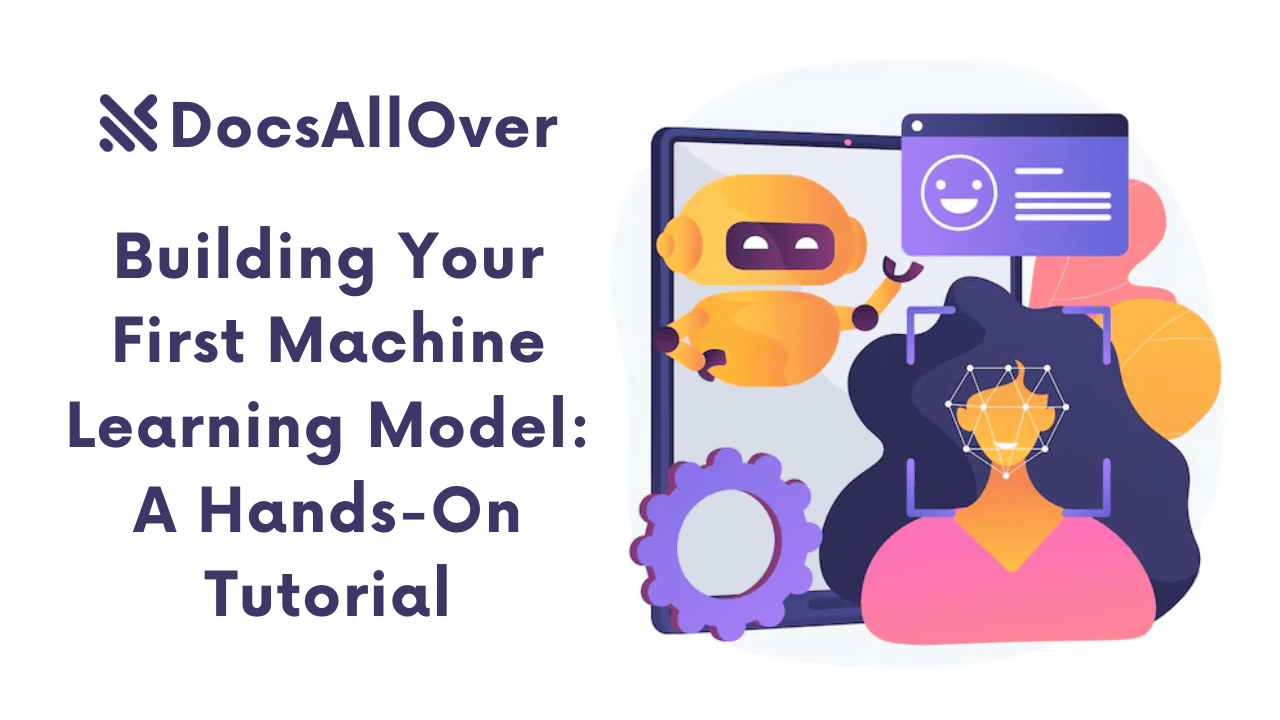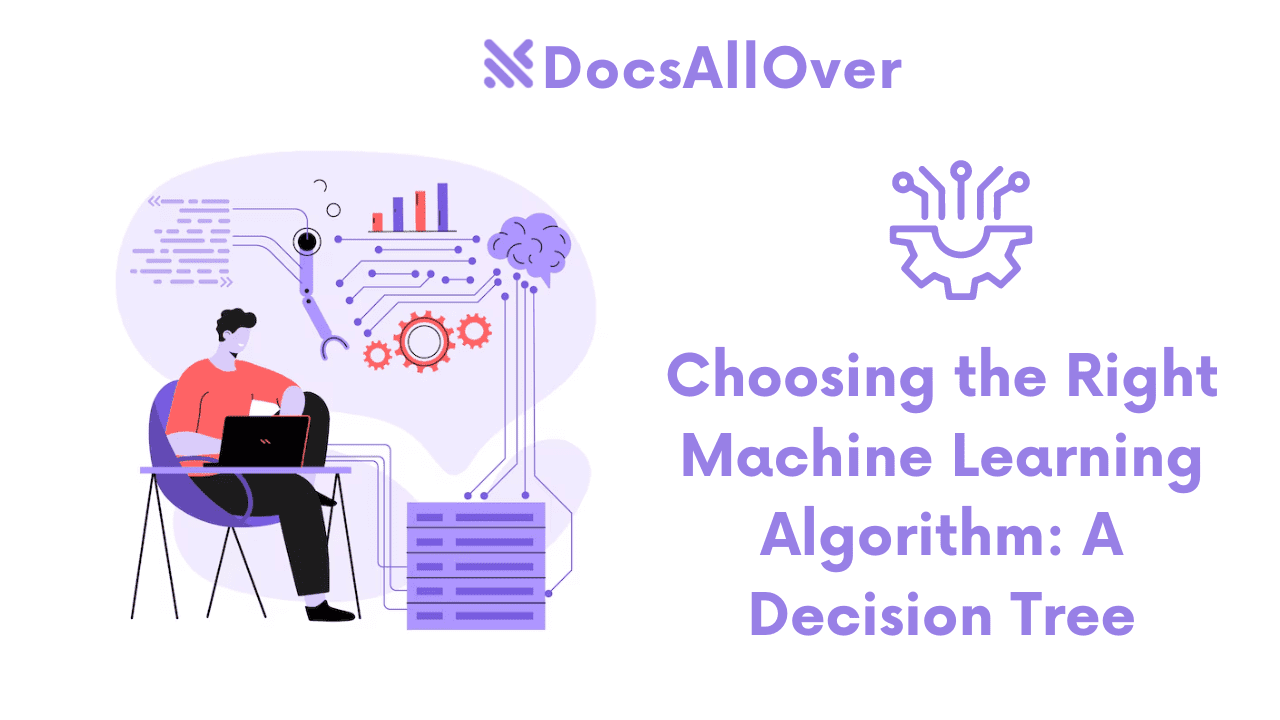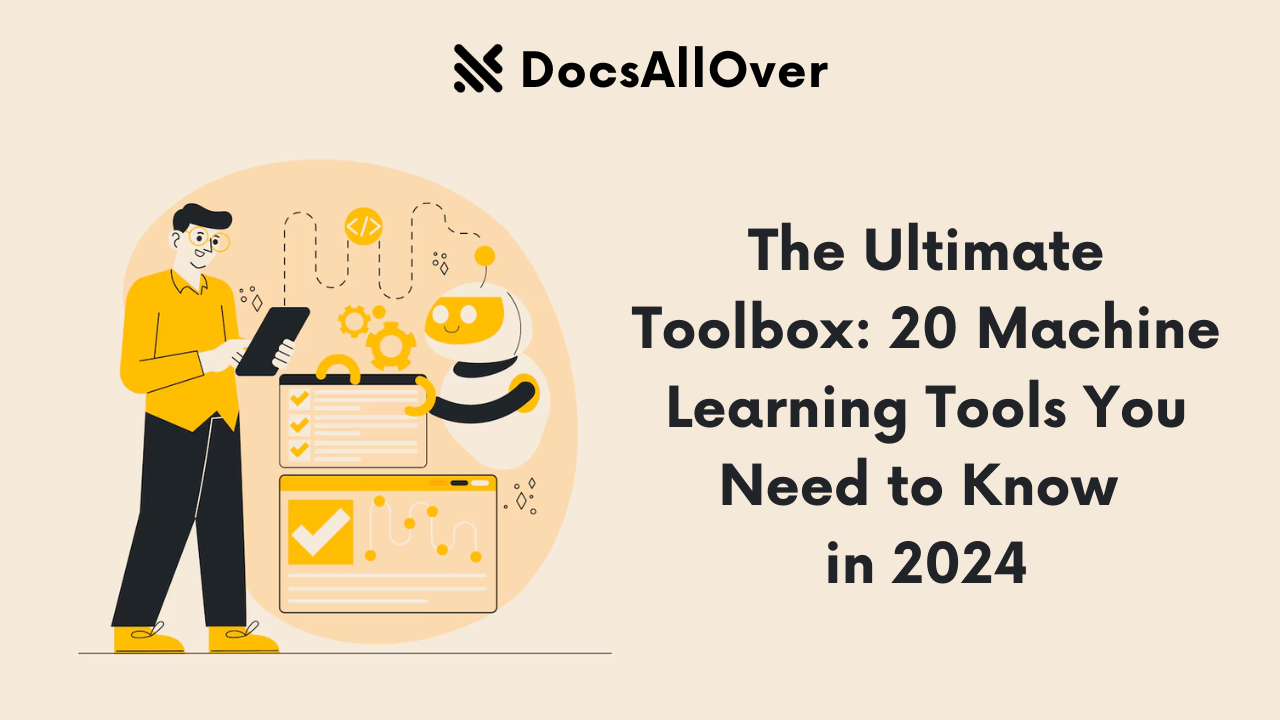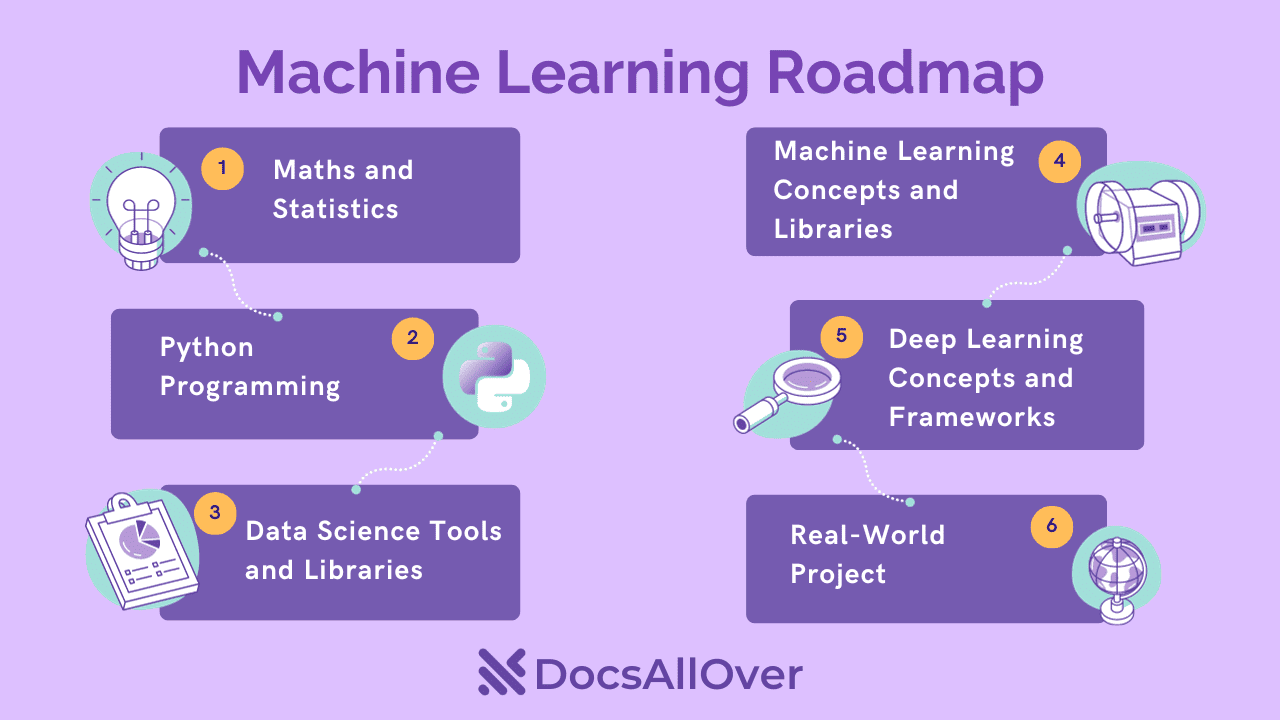The 4 Types of Machine Learning

Machine learning is a type of artificial intelligence (AI) that allows computers to learn without being explicitly programmed. Machine learning algorithms are trained on data, and they can then use that data to make predictions or decisions.
There are four main types of machine learning: supervised learning, unsupervised learning, semi-supervised learning, and reinforcement learning.
Supervised Learning
In supervised learning, the algorithm is trained on data that has been labeled with the desired output. This allows the algorithm to learn to map inputs to outputs.
For example, an algorithm can be trained to recognize cats and dogs by being shown images of cats and dogs, along with the label "cat" or "dog" for each image. The algorithm will then learn to identify cats and dogs in new images.
Some examples of supervised learning algorithms include:
- Linear regression: This algorithm is used to predict a continuous value, such as the price of a house. Logistic regression: This algorithm is used to predict a categorical value, such as whether or not a customer will click on an ad.
- Decision trees: This algorithm is used to create a decision tree that can be used to make predictions.
- Random forests: This algorithm is a combination of multiple decision trees.
- Support vector machines: This algorithm is used to find the best hyperplane that separates two classes of data.
Unsupervised Learning
In unsupervised learning, the algorithm is not given any labeled data. The algorithm must find patterns in the data on its own. This type of learning is often used for tasks such as clustering and dimensionality reduction.
For example, an algorithm can be used to cluster customer data by finding groups of customers that are similar to each other. This information could then be used to target marketing campaigns or to improve customer service.
Some examples of unsupervised learning algorithms include:
- K-means clustering: This algorithm is used to cluster data into a predetermined number of groups.
- Principal component analysis (PCA): This algorithm is used to reduce the dimensionality of data by finding the most important features.
- Singular value decomposition (SVD): This algorithm is similar to PCA, but it can be used to find the most important features in a matrix.
- Autoencoders: This algorithm is used to learn a compressed representation of data.
Semi-supervised Learning
Semi-supervised learning is a hybrid of supervised and unsupervised learning. In semi-supervised learning, the algorithm is given a set of labeled data and a set of unlabeled data. The algorithm then learns to map the inputs to the outputs using both the labeled and unlabeled data.
For example, an algorithm can be used to classify images of cars by being shown some images of cars that have been labeled, and then being shown other images of cars that have not been labeled. The algorithm will then learn to classify new images of cars, even if they are not labeled.
Some examples of semi-supervised learning algorithms include:
- Label propagation: This algorithm is used to propagate labels from labeled data to unlabeled data.
- Self-training: This algorithm is used to train an algorithm on labeled data, and then use the algorithm to label unlabeled data.
- Transductive SVM: This algorithm is a type of support vector machine that can be used for semi-supervised learning.
Reinforcement Learning
Reinforcement learning is a type of machine learning where the algorithm learns by trial and error. The algorithm is given a reward for taking actions that lead to desired outcomes. The algorithm then learns to take actions that maximize the reward.
For example, an algorithm can be used to train a robot to walk by giving the robot a reward for taking actions that move it forward. The algorithm will then learn to take actions that allow it to walk.
Some examples of reinforcement learning algorithms include:
- Q-learning: This algorithm is used to learn a table of Q-values, which represent the expected reward for taking a particular action in a particular state.
- Policy gradient: This algorithm is used to learn a policy, which is a function that maps states to actions.
- Deep Q-learning: This algorithm is a type of Q-learning that uses a deep neural network to learn the Q-values.
Choosing the Right Machine Learning Algorithm
The choice of machine learning algorithm depends on the specific problem that you are trying to solve. Some factors to consider include:
- The type of data that you have
- The desired output
- The complexity of the problem
- The availability of resources
If you are not sure which machine learning algorithm to use, you can consult with a machine learning expert.










